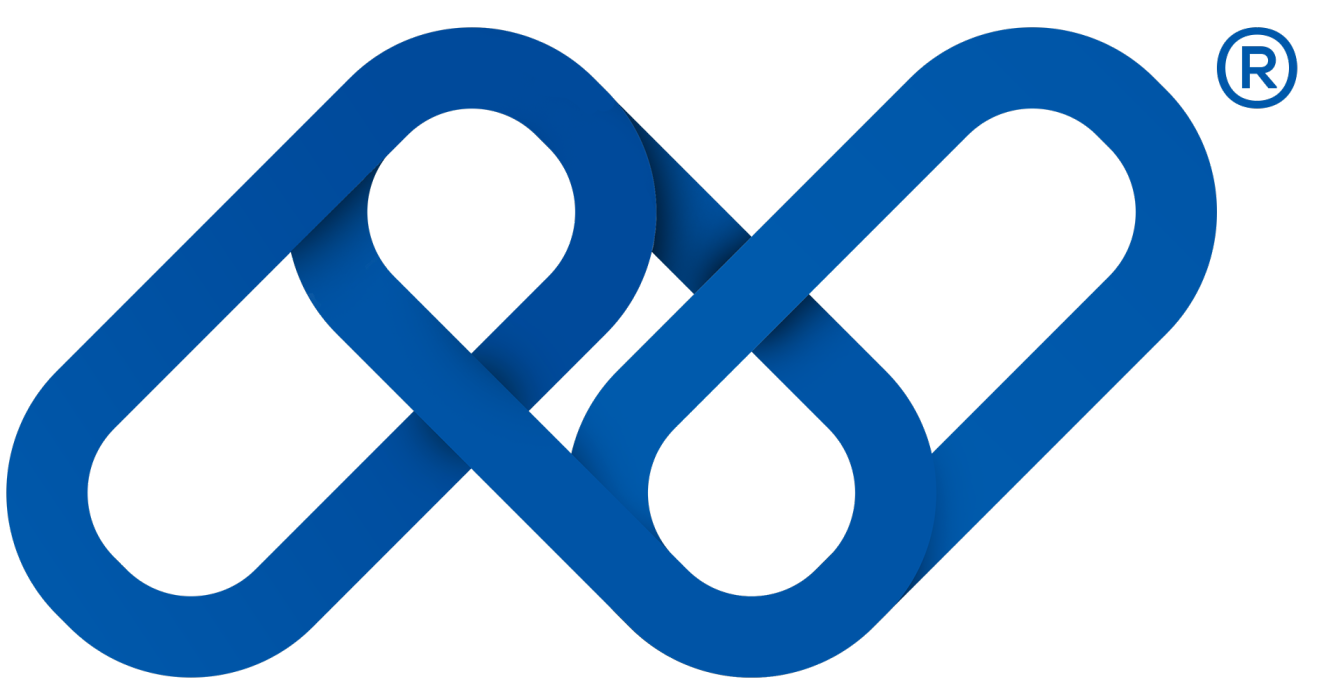“A UNIQUE PROJECT COMPOSED OF PUBLIC AND PRIVATE STAKEHOLDERS”
We met with Scorechain’s Chairman Laurent Kratz to discuss the idea behind the Infrachain initiative, its main advantages and the challenges faced by tech professionals when it comes to the development of concrete Blockchain applications.
When and why did you join the Infrachain initiative?
Scorechain joined the initiative when it launched in 2017 and is one of its founding members. We think it is essential to foster innovation and make Blockchain disruption happen by participating in Blockchain collaborative projects. With Infrachain, we are participating in a project with public and private stakeholders, which actually make the project unique. The idea within Infrachain was to work on governance, service level agreement side of blockchain projects. We also introduced the concept of “last standing node” as a service for Infrachain members.
What are the challenges you are currently facing when it comes to the development of concrete Blockchain applications?
Blockchain projects are solutions that are able to solve trust issues. The main challenge of blockchain applications is to design the processes, the litigation, the procurement, and the governance of a consortium of stakeholders. There are numerous options within the decision tree to whether go or not go in a blockchain solution. If a consortium has no issue working with a centralized third party, then probably, there would be no need for a blockchain solution. But if for some reason, the truthfulness of being centralized is not guaranteed or too costly, then it might be interesting to envision a blockchain project. Therefore, the main challenge is to find the correct project that would be eligible for a blockchain application, with several stakeholders who have to solve a trust issue without the help of a third party.
What about their main advantages and opportunities?
The main advantage of a blockchain solution is also linked to the nature of distributed ledger technologies. The ledger allows to transfer information and a value in the same atomic message. For instance, a subscription to an investment and the cash for that operation in the same transaction, where either both legs will succeed or fail. This transactional nature of transfer of value opens numerous opportunities to rethink business models heavily tempered by the reconciliation burden.
According to you, where will Blockchain be the most efficient? How and why?
The most obvious blockchain applications are in the field of finance, but also in identity management, in supply chain businesses. There are also efficient use cases where the blockchain is used for its “notary” non-repudiable nature. The blockchain distributed ledger technology is not efficient as a technology, to the contrary. Its main feature is to provide a non-repudiable ledger, thus solving trust issues between stakeholders. This feature comes at the cost of a massive replication of data and complex and hungry consensus algorithms. In this respect, the efficient nature of blockchain projects reside more in the disruption of complete ecosystems, where the way of transacting through a distributed ledger increases the efficiency of the transactions and drastically reduces the need for non-value added functions like reconciliation, auditing, and reporting.
What is needed to really kickoff the adoption of Blockchain?
For public blockchains, adoption is growing. For private or permissioned blockchain, which is the focus of Infrachain, adoption is slower but is often not advertised. To really kickoff the adoption of blockchain applications, the efforts have to be set on the consortium nature of blockchain projects. A critical number of stakeholders within an ecosystem have to be convinced to boot strap any relevant blockchain project. Consortiums are complex to build and operate, and that’s why the Infrachain initiative is very clever. The deliverables of Infrachain help kick off any permissioned or private blockchain project thanks to an extensive set of governance rules, procurement processes, and service level agreements, that are ready to use by any set of participants in a consortium. Once the participants of a consortium are aligned with a simple yet complete set of rules and processes, the main effort has been achieved, and building the very blockchain application is actually the easiest part of the project.
Published on June 3rd, 2019 on https://www.itone.lu/actualites/unique-project-composed-public-and-private-stakeholders


